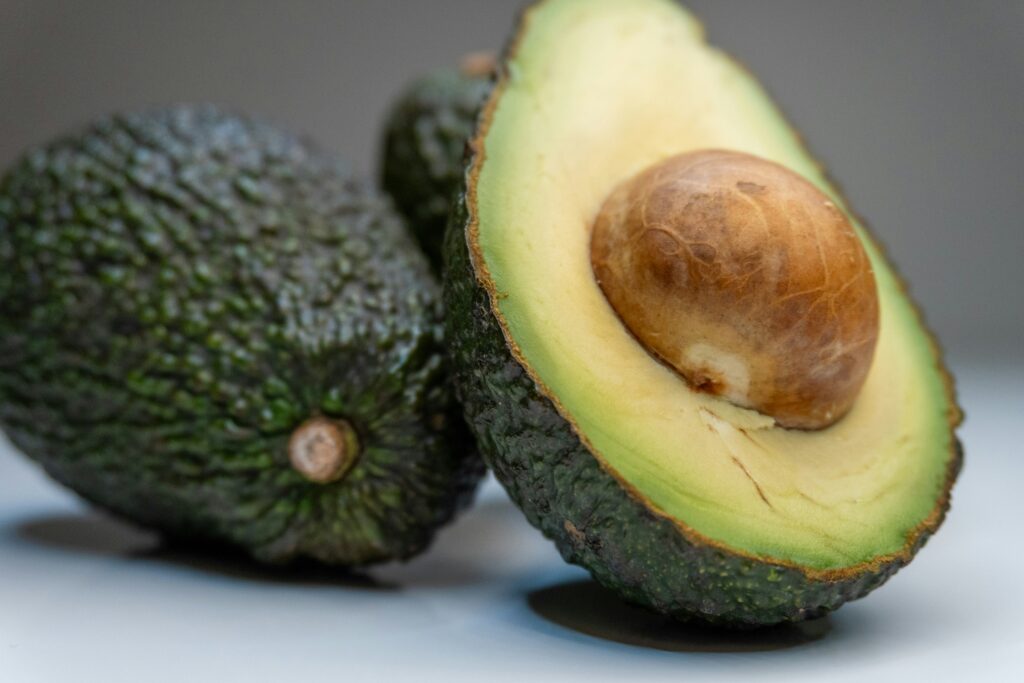Have you ever bought avocados?
They are tricky.
One day they are too firm to eat.
So you wait for them to get a bit ripe.
But right when you are excited about the avocado toast you are going to make, you realize they got bad.
All the avocados you bought go to the trash.
Well, two Michelin-starred The Modern’s chef Thomas Allen had the same problem.
The avocados they received from his suppliers were always a hit-and-miss.
Some batches were too ripe.
Other batches were too firm.
And consistent quality is crucial when you offer $200+ Michelin star menus.

But one day, he met with a client who came to eat at his restaurant.
His name was Miguel Gonzalez.
Miguel said: “I sell avocados. And I guarantee they’re better than any avocados you’ve ever bought before.”
The chef was skeptical.
But the next day Miguel sent him a box of his avocados.
Allen was surprised.
Even as a chef, he had never seen avocados like these before.
All of them had the right color and texture.
All of them not only met his requirements — but even elevated the taste of his dishes.
So he made Miguel his avocado supplier.
And since that day, Miguel has sent him perfect avocados.
Day after day, week after week.
Always perfect.
The other restaurants and cafes also heard about this “avocado guy” and started buying from him.
Soon he became known in all of New York City.
Miguel called his brand Davocado Guy.
He sold only one product: avocados.
That’s it.
Sacrifices build brands
Now think about it.
Could Miguel add other fruits and vegetables to his product line?
Maybe.
Could he add fresh meat to increase his revenue?
Sounds tempting.
After all, who doesn’t want more money?
But that’s a trap.
The moment he added those, he’d become another generic supplier.
He’d dilute his message.
He wouldn’t be “The Avocado Guy” anymore.
So instead, Miguel stayed specific.
He provided one value: receiving perfect avocados on a daily basis.
He sacrificed all the other things he could sell to these restaurants (and some short-term revenue).
But thanks to that sacrifice, his message became sharp as a razor.
So people talked about it.
They shared it with others.
And today he delivers avocados to all of the U.S.
Now, what Miguel did with his brand is counterintuitive to most founders and executives.
They feel like they’d limit their opportunities if they got specific.
They want to cling to their imaginary total addressable market.
And they want to talk about the dozens of benefits they can deliver to their customers.
That prevents them from being known for one thing.
Hence they can’t get into more customers’ minds.
To avoid it, you have to make sacrifices.
And there are three main sacrifices you can make to sharpen your brand:

1. The problems you solve
This one is clear from The Avocado Guy’s story.
You can sacrifice the problems you solve for customers.
In other words, your product and service line.
Many brands make this mistake.
They try to provide everything.
One more product
One more service.
So they become one of the many all-in-one providers in the market.
And guess what it does?
First, it kills the focus of the business.
So you inevitably offer inferior products or services.
Second, it kills the believability.
It’s like a lawyer claiming he is the best at divorce, real estate, and employment lawsuits.
Would you believe him?
Of course not.
But if he tells you he has 15 years of experience in real estate lawsuits and doesn’t handle anything else, he’d instantly become more credible in your eyes.
And you’d likely recommend him to others as “The Real Estate Lawyer.”
Yes, there is a time to extend with new offers.
But remember the scissors-rock-paper cycle.
Many brands try to run before they walk.
They extend their product lines imitating what bigger brands do.
And they lose focus too early.
2. The customers you target
Remember how Salesforce only focused on sales teams within SMEs early on.
They sacrificed enterprises.
They sacrificed all other teams within SMEs.
And thanks to that focus, they grew much faster.
So another sacrifice you can make is about the customers you target.
Think about your customers.
Can you sacrifice some segments to dominate a specific one?
3. The messages you deliver
There are hundreds of things you can say about your brand.
Different capabilities.
Different benefits.
Or different brand associations you want to build.
But in today’s noisy world, only sharp messages get into customers’ minds.
After reading this story, you’ll probably think about the avocado guy the next time you see an avocado.
Because it’s so specific.
It gets into your mind.
Your message has to be similar.
So another thing you can sacrifice is the messages you convey to the market.
Define your most important messages.
Focus on them.
Repeat the same messages again and again, in different ways.
–
The moral of the story?
Positioning requires choices.
It requires sacrifice.
So defining the things you won’t do is as important as the things you will.
Like the problems you won’t solve, the customers you won’t serve, and the messages you won’t convey…
It’s hard.
It takes some courage.
But intentional focus is a shortcut to building a winning brand.
–
Enjoyed this article?
Then you’ll love the How Brands Win Newsletter.
Get the “5 Mental Models to Differentiate Your Business” guide when you join. It’s free.
